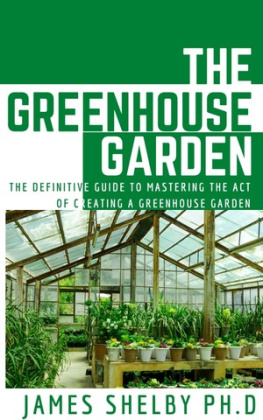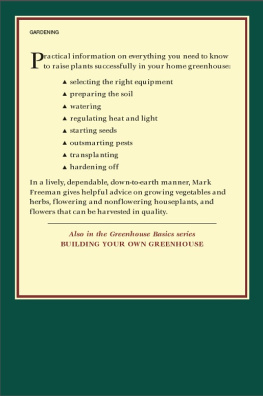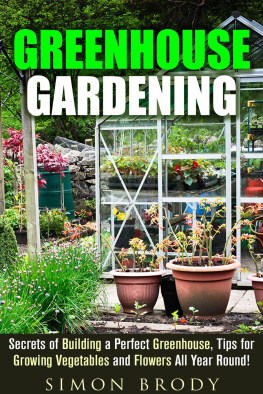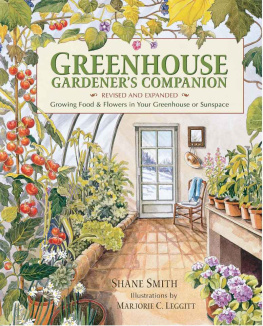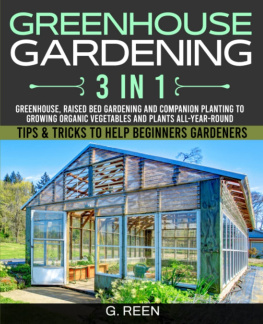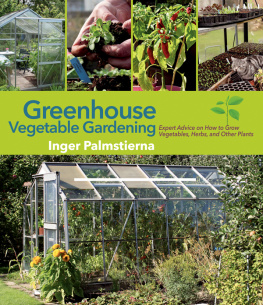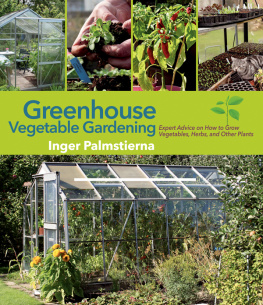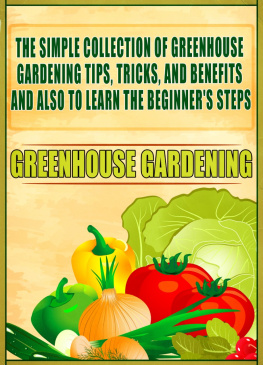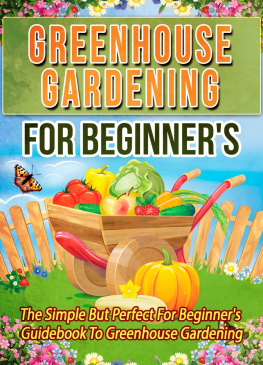A greenhouse uses a special kind of glass that acts as a medium which selectively transmits
spectral frequencies. Spectral comes from the word spectrum.
In layman's terms, a spectral frequency can be defined in terms of the following principle: any object in the universe emits, radiates or transmits light. The distribution of this light along an electromagnetic spectrum is determined by the object's composition.
Therefore, the glass of a greenhouse traps energy within the greenhouse and the heat in turn
provides heat for the plants and the ground inside the greenhouse. It warms the air near the
ground, preventing it from rising and leaving the confines of the structure.
For example, if you open a small window near the roof of a greenhouse, the temperature drops
significantly. This is because of the auto vent automatic cooling system. An autovent is simply a device used by greenhouses that maintain a range of temperatures inside. This is how
greenhouses trap electromagnetic radiation and prevents convection (transference of heat by
currents within a fluid).
Curious about how the idea of a greenhouse came about? It goes back to the days of the
Romans, who - as history annals show - were the first people to create a structure to protect
plants. Using heated pits, they put up slabs of rock to form primitive greenhouses. The term
glasshouse which is the correct name of this structure, was adopted sometime in the 17th and
18th centuries.
At that time, however, the error was in believing that heat was more important than light for
plants to thrive. Structures were being built to exclude the entry of light, but by the time the glass tax of 1845 was abolished, the design of greenhouses started to change.
Builders realized then that a curved roof instead of a flat one allowed higher concentrations of the sun's rays, and that by using iron instead of wood, the greenhouse could be structurally
reinforced and made capable of absorbing more light.
Types Of Greenhouses
After you decide that you want to build a greenhouse, you have to decide next what type to
build. This should not be a difficult one to address, provided you know what kinds of plants you want to grow. You will need to answer questions such as:
What will my greenhouse be principally used for?
Do I want a large or small greenhouse?
Will the greenhouse be the main attraction of my garden?
Is my garden exposed to strong winds?
Are there young children or wild animals in the area?
Factors such as cost and space will determine the type of greenhouse you build. If you do live
in a windy area, it may be worth to spend the extra money for a solid and sturdy greenhouse. If you live near a large hardware store or a nursery, or even a do-it-yourself home center, go and visit some models. The customer service representative should be able to provide you with
valuable information before you make a final decision.
So as not to mislead you, while there may be different types of greenhouse designs, we're
talking about the same greenhouse. You get to decide which type you want it to be. For
example, if temperature is the main factor, because of the plant varieties you want to grow, then there are three types in terms of temperature control. There are also different types of
greenhouses based on structural design. We'll start with temperature control factors.
For temperature control purposes, three types of greenhouses exist:
a hot greenhouse
a warm greenhouse
a cool greenhouse.
Page 10 of 10
Greenhouse Maintenance
Tools And Materials For Your Greenhouse
Remember that you are not limited to a certain variety of plants to grow in a greenhouse. Bear
in mind, however, that your preference for certain fruits, vegetables and plants will determine the type of greenhouse you like to build. Know thy crop is an important factor before deciding on the greenhouse type you will install.
You will need a good soil for planting seeds. Compost, potting or gardening soil and a little sand or perlite are a good start. Read all directions in your seed packets.
Keep some of those black plastic flats that nurseries use to display their plant containers.
These are useful for starting sees and transplants.
Benches in greenhouses are essential, as they hold trays of plants that have already sprouted
from seeds.
Styrofoam cups - have several of these handy. Seeds sprout quickly and once they grow large enough to move into separate containers, they can be gently lifted and transferred into ordinary Styrofoam cups.
You can also use yogurt plastic cups, and large commercial type containers that can hold more
than one plant. In fact, any container you can think of will be suitable.
Other materials you should have on hand are broken clay pots, cracked walnuts, marbles,
charcoal or gravel. These help in proper drainage. Be sure to soak clay pots in water a few
minutes before using them. This will prevent the clay from absorbing the moisture from the
potting soil.
If you want to have trellises inside your greenhouse, you can make them out of coat hangers,
which you can bend to any shape your heart desires.
Herbs are perfect for keeping pests at bay. They are what one writer calls nature's
insecticides. Have a variety of them inside your greenhouse. You can make a natural
Page 11 of 11
Greenhouse Maintenance
insecticide by adding onions or garlic to a jar of water. Leave it for a week and spray on your plants.
Other garden tools that will help you run your greenhouse efficiently are air coolers for the hot summer. This is to maintain the temperatures at desired levels. Power vents in the roof are
also a good idea to release hot air that can build up suddenly in the summer.
Page 12 of 12
Greenhouse Maintenance
Greenhouse Tables, Shelving And Plant Holders
These are indispensable, especially when you need to work inside your greenhouse and to
maximize and organize your greenhouse space. As your plant varieties grow, you will need
shelves and tables and plant holders to facilitate your gardening. One popular type of bench
that greenhouse hobbyists like is the cedar double layer bench. They are durable and efficient
to use.
For shelves, you can opt for two and three section lengths made of aluminum
Given that watering your plants is an essential - indispensable -part of any greenhouse
gardening, a good watering system is required. You can choose either the automatic or hand
held watering system to make your watering needs more efficient.
For automatic irrigation systems, there are models that come equipped with an automatic drip
irrigation and fertilizer system. Day or night, they regularly water the plants and adjust the flow of fertilizer. Some have a tank in which the water and fertilizer are mixed and are distributed to plants via hoses, Y-connections and drip pins.
Greenhouse garden coil indoor/outdoor watering wand
This is a "self-coiling" garden hose made of rugged and durable polyurethane tubing. It produces ultra-fine mists and sprays in soft, gentle streams. Some wand models extend to as



